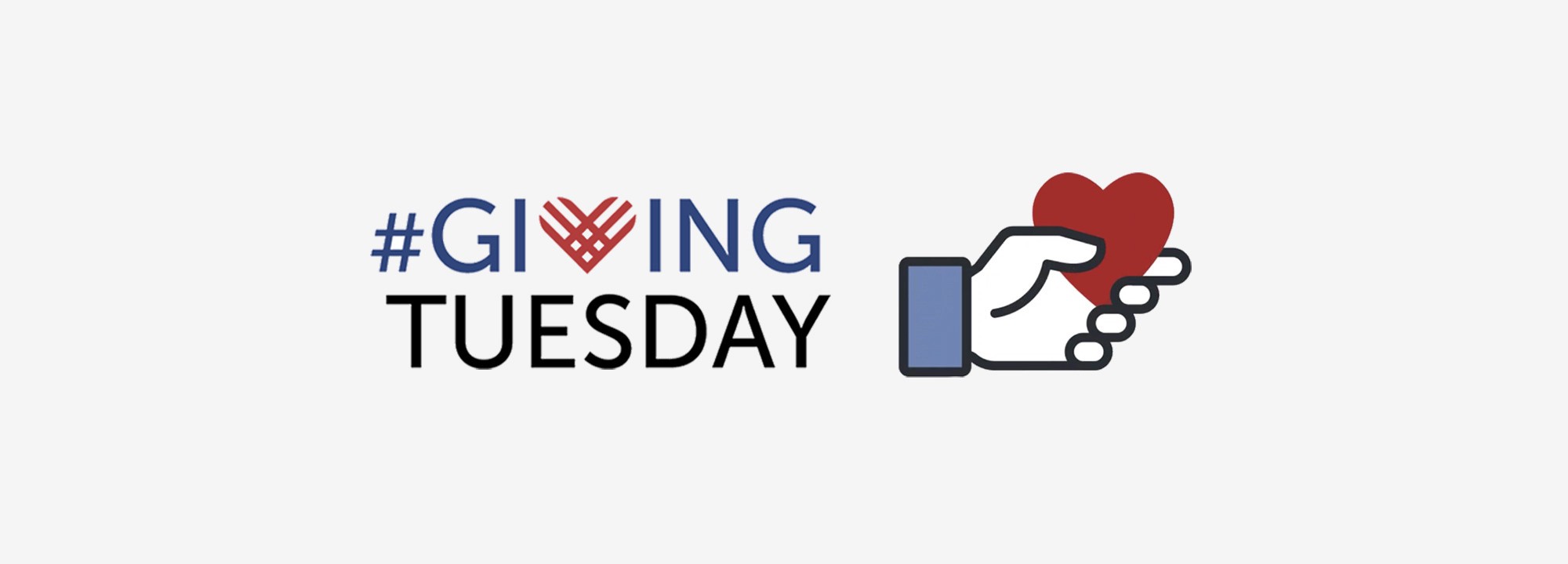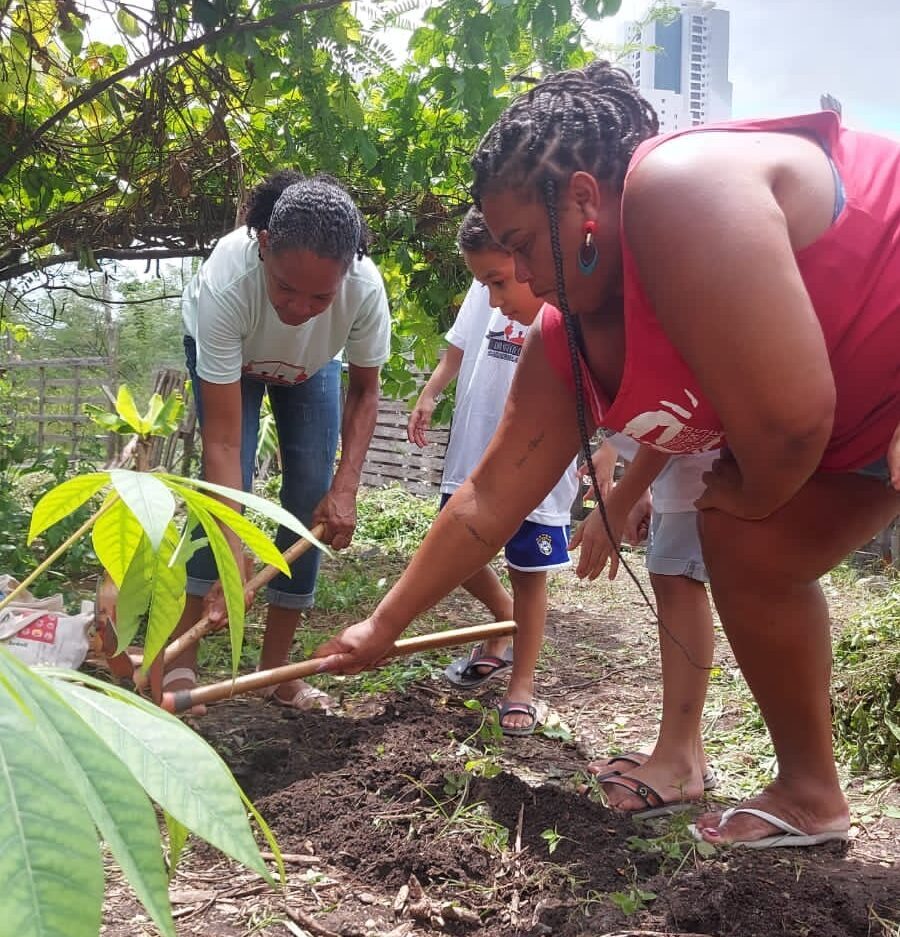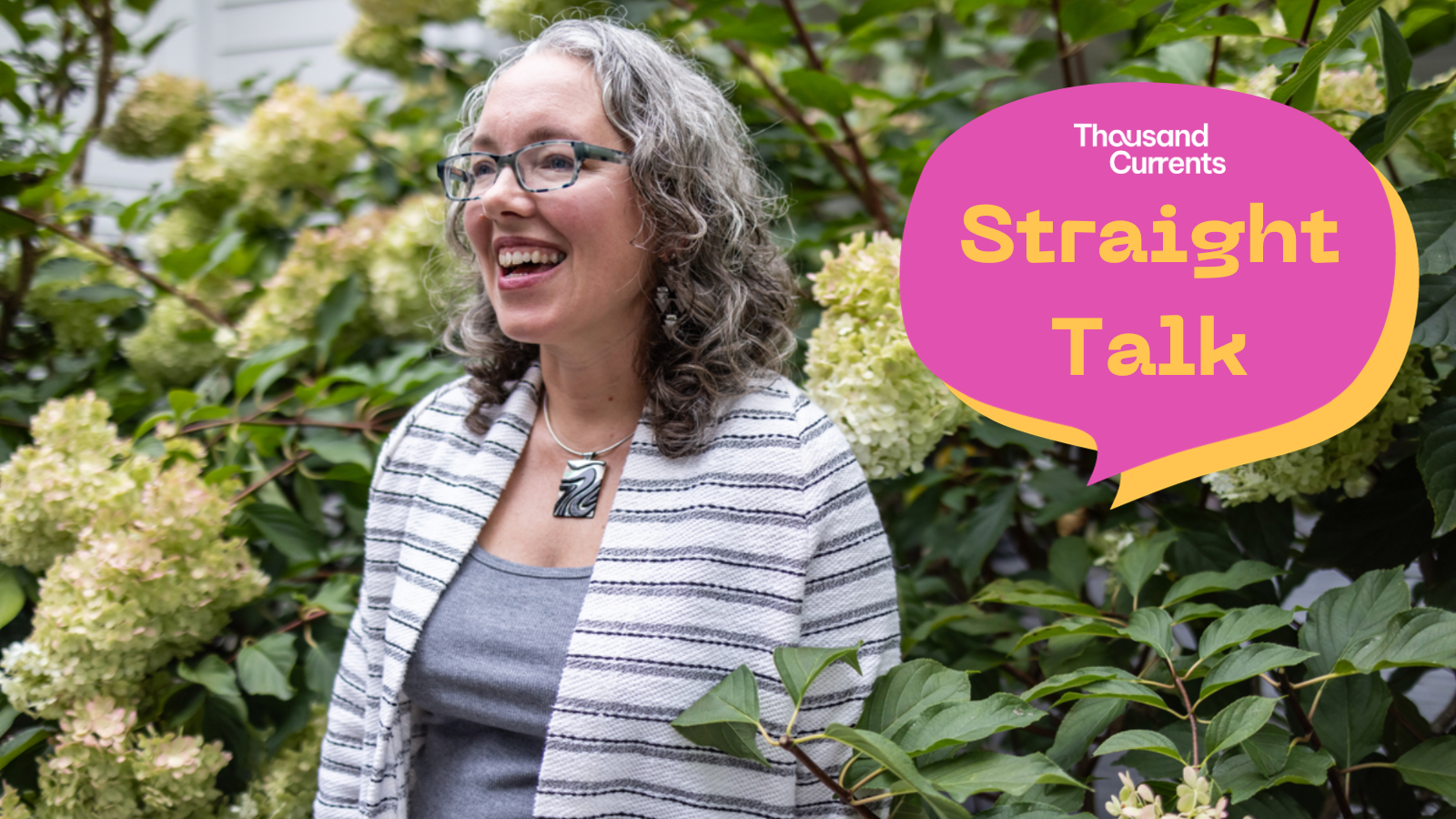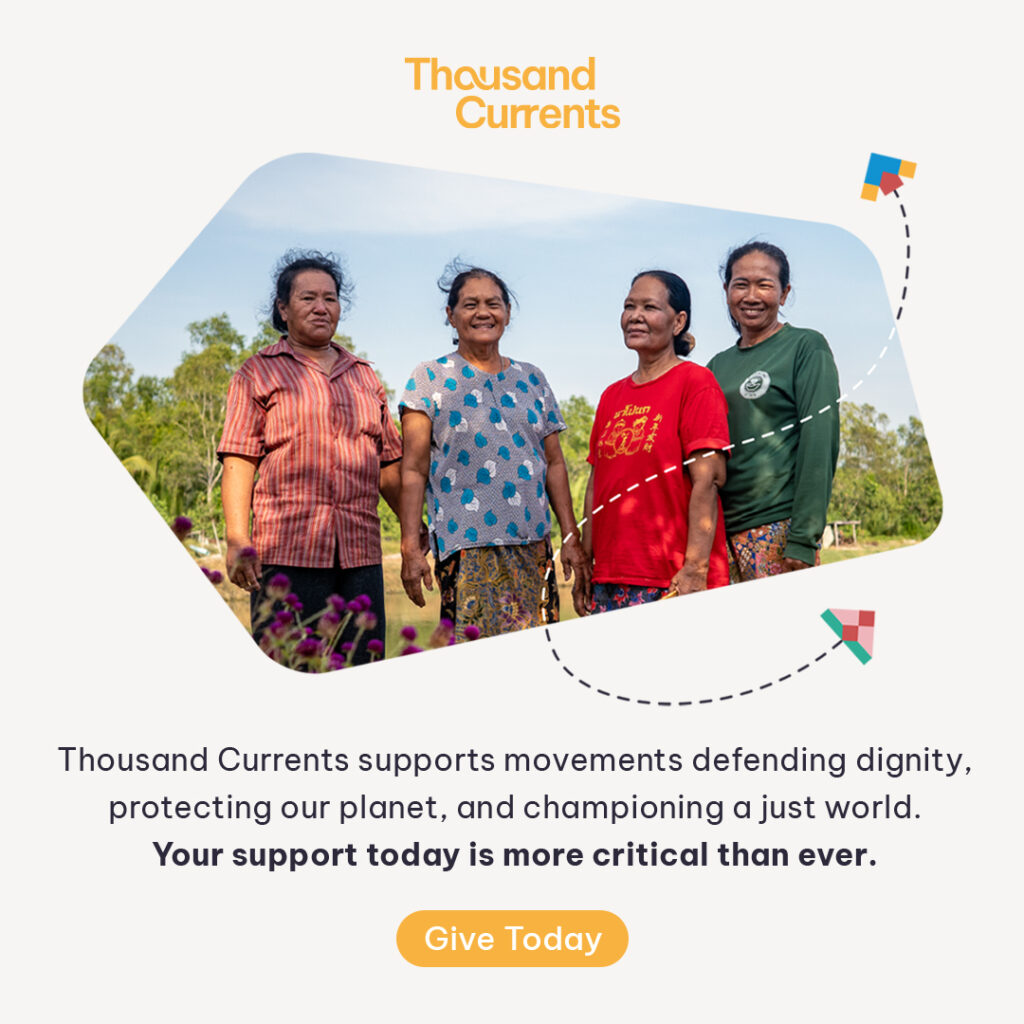Why #GivingTuesday isn’t a big deal for Thousand Currents

By Jennifer Lentfer, former Director of Communications
We received four phone calls last Tuesday, #GivingTuesday.
“Why isn’t Thousand Currents doing a big fundraising push today?” they each wanted to know.
#GivingTuesday is a campaign created to help the nonprofit sector fundraise following the U.S. “shopping holidays” of Black Friday and Cyber Monday, to imbue generosity into the consumption. It was initially created by New York’s 92nd Street Y in partnership with the United Nations Foundation in 2012. This year nonprofits raised a record $380 million on #GivingTuesday.
Even more important than the amount, over 3.6 million gifts were made this year on #GivingTuesday. Each one of those gifts represents someone motivated and inspired to give on that day. At Thousand Currents we also highly value our support from individuals, whether they give $5 or $50,000.
So why wouldn’t we want to be part of the “movement,” which is how the organizers of #GivingTuesday refer to it? A hashtag and an effort to get more money to the nonprofit sector is a good thing, right?
Yes, and…
Here’s five reasons why we were happy to send out a fundraising appeal on #GivingTuesday, which we hope shares a deeper message about our partners’ work as part of our #Redefine year-end campaign [#ClimateRealTalk in 2019], but not more:
1) Too many fundraising messages can cause donor fatigue.
From your child’s school to the global advocacy organization whose petition you signed three years ago, it’s likely that you received email solicitations from many(!) organizations last Tuesday.
#GivingTuesday encourages as many nonprofits as possible to solicit their donors on one given day. Not only is it overwhelming for donors and their inboxes, there is long-held concern from some fundraising professionals that the day creates an opportunity for “one-off online giving,” but far less by way of sustained donor engagement and commitment.
We considered that our grassroots partners around the world have given us a mandate: organizing small donors and wealthy philanthropists alike to support their work is at the core of Thousand Currents’ strategy. We are clear we want to offer our donors a sense of belonging within a larger global community and an understanding of why and how their giving as individuals really matters. Why? Because we fund people, organizations, and movements who are dismantling the structures that perpetuate inequality, racism, marginalization, and injustice — those who are daring to redefine for us all how we can care for the people and places we love and the resources we have.
Both our partners’ and our work is founded on the strength of the relationships we build — that which offer rich, broad, engaging opportunities for giving, learning, and strategizing together.
We work to bring donors in as their our whole and unique selves, to build a powerful collective voice for social transformation.
2) $380 million is actually chump change.
Jeff Bezos made an estimated $107.4 million on #GivingTuesday. Mark Zuckerburg $41.1 million. Carlos Slim $34.8 million. Jack Ma $29.3 million. Bill Gates $11 million…you get the drift.
According to earnings estimates from Business Insider, if you add up what the top 8 earners of 2017 made — on a single day as individuals — you have a similar number to Giving Tuesday: $383.4 million.
Imagine just eight of the world’s wealthiest men giving away their daily income and you have the equivalent amount raised by #GivingTuesday.
Does that mean this amount is not significant, or not needed by the nonprofit sector? Of course not! What is does mean, however, is that as the nonprofit sector, we need to deepen our analysis of the problems at hand and our role within a “culture of charity” in our society. We can invite and enable our donors to deepen their analysis of unjust systems through our content, webinars, events, and trainings.
Instead of scrambling for relative peanuts, let’s focus everyone — including our donors — on changing the systems that allow the one percent to bag 82% of the world’s wealth, while the majority of the world is forced to make everyday choices between paying rent vs. having a good meal, or buying a home vs. sending a kid to college.
3) #GivingTuesday is an extension of conscious consumerism, a deeply-flawed solution to the world’s problems.
We know that neoliberal free market orthodoxy is failing us. As sustainable lifestyle blogger turned journalist Alden Wicker explained last year in Quartz,
Making series of small, ethical purchasing decisions while ignoring the structural incentives for companies’ unsustainable business models won’t change the world as quickly as we want. It just makes us feel better about ourselves.
We want to believe that how we spend our money makes a difference, including the donations we give and the things we buy. Since globalization, more of those products are being made and shipped around the world, yet fewer and fewer fairly-paid people are being safely and humanely employed in today’s economy. In the US alone, it’s predicted that almost half of all current jobs will be lost over the next two decades.
#GivingTuesday may ultimately make people feel better about all they bought on Black Friday and Cyber Monday, but without specific efforts to shift our economies, people and planet are increasingly at risk from the abyss of rising global inequality fueled by the current norm of wage stagnation, modern slavery, and the decimation and consumption of natural resources.
At Thousand Currents, we believe that giving can be a transformational act, not just a transactional one. Any donation to Thousand Currents is the beginning of a relationship and a learning journey. As an organization, we are making a commitment to our donors that we will be responsible for informing, organizing, and connecting them with grassroots leaders, other donors, and the Thousand Currents community to expand how they define and understand what is possible in the world.
4) “Fix-it-feel-good” generosity keeps the focus on the individual, not the collective effort needed to repair broken systems.
Nonprofit communicators have become more and more skilled at offering that ready-made “click” to assuage any feelings of sadness, pity, guilt, or shame in response to the world’s suffering. Oh how we wish it were possible for the one-off actions of one individual or one organization to “change the world”!
At Thousand Currents, we see that we have an opportunity to persuade, influence, motivate, and educate, as well as affirm the full humanity of every person in our community. But when potential donors are coddled and/or prodded, e.g. “read/watch this and give us money” or “be distracted from systemic issues by responding to people’s hardships as ‘one-off’ problems”, their own humanity is devalued. That is why at Thousand Currents, part of our communications and fundraising strategies are to challenge the individualism and isolation that keeps us separate, and to keep pushing beyond any savior mentalities.
Yes, our community is also asked to “click,” but more importantly they are invited to reflect on deeply-rooted and connected issues and to be part of a collective effort greater than themselves. Our donors are not just ATMs or wallet holders. They are people who have their own capacity to learn from their experience, and from others, and to reimagine our futures together.
5) A fundraising angle to get more money through the door does not equate a movement.
What differentiates movements from other social good efforts is that they are rooted in and driven by “the people.” To call #GivingTuesday a movement, which its originators do, denigrates peoples’ social movements for justice.
The movements we support at Thousand Currents are focused on moving systems and institutions towards equity. This requires joint efforts on policy advocacy, narrative shift, and most importantly community organizing and mobilizing popular support. They are characterized by systemic analysis, a shared agenda and taking principled, collective, direct action to create targeted strategic pressure. The change created by movements is fundamental, and requires long-term commitment.
Movements vary greatly around the world, but in movements for justice, everyday people determine the structure and strategies within each movement, never single organizations. Being part of a movement means fundamentally changing society’s status quo for the long-haul, not simply creating an online gimmick for fundraising one-time donations.
Yes, it takes money to do our work. Lots of it. But lasting, transformative social change also takes grassroots leadership, community organizing, volunteer hours, committed allies showing up and people giving of themselves, systems analysis, sustained pressure on power structures/holders, etc. We are clear that that requires an investment in our partners’ work over many years, even decades — not only on one day.
When we recognize this, our sector has the potential to channel the outcry, the rage, the anxiety of our time, and the sheer energy to “do more” into something constructive, sustained, and coordinated.
Not just one day, but throughout the year.
This post was originally published in 2018 on our Medium blog.
Related Stories




